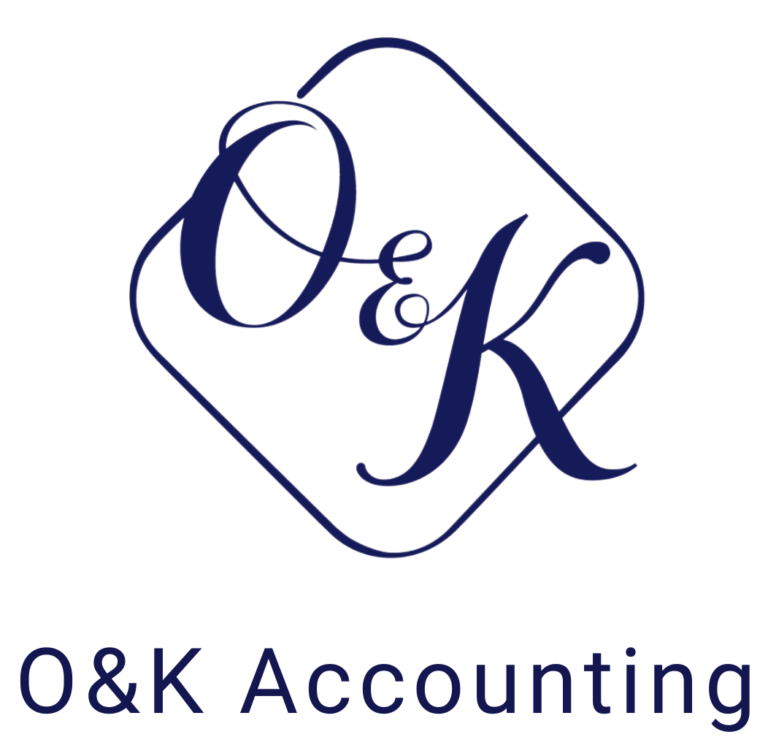Effective recordkeeping is one of the most overlooked responsibilities in managing an S Corporation. While the structure offers tax advantages and liability protection, those benefits can be compromised if the business fails to maintain proper documentation. For S Corporation owners, recordkeeping isn’t just a formality—it’s a legal obligation and a safeguard against audits, disputes, and compliance failures. This article outlines what to document and why recordkeeping matters for S Corporations year-round.

Why Recordkeeping Is Crucial for S Corporations
Unlike sole proprietorships or informal partnerships, S Corporations are formal legal entities. They must follow corporate governance rules, maintain financial transparency, and comply with both IRS and state-level regulations. Proper recordkeeping supports all of these requirements.
First, it helps preserve the limited liability protection that separates personal assets from business risks. If records are incomplete or missing, courts may “pierce the corporate veil,” holding shareholders personally liable for debts or legal claims.
Second, accurate documentation is essential for tax compliance. The IRS expects S Corporations to maintain clear records of income, expenses, payroll, distributions, and shareholder activity. Poor recordkeeping can lead to penalties, interest charges, or loss of S Corporation status.
Key Documents Every S Corporation Should Maintain
To stay compliant and organized, S Corporations should maintain a comprehensive set of records across several categories:
1. Formation and Governance Documents
These include the Articles of Incorporation, corporate bylaws, and IRS Form 2553 (S Corporation election). You should also retain shareholder agreements, stock certificates, and records of initial capital contributions.
2. Meeting Minutes and Resolutions
S Corporations are required to hold annual shareholder and director meetings. Documenting these meetings with minutes and resolutions shows that the business is operating as a separate legal entity. This includes decisions related to officer appointments, major purchases, loans, and changes in ownership.
3. Financial Records
Maintain detailed records of all income, expenses, bank statements, invoices, receipts, and credit card transactions. These documents support your tax filings and help track the financial health of the business.
4. Payroll and Compensation Records
If shareholders are also employees, you must document salary payments, payroll tax filings, W-2 forms, and employment agreements. The IRS requires that shareholder-employees receive a “reasonable salary,” and proper records help justify compensation levels.
5. Tax Filings and Correspondence
Keep copies of all federal and state tax returns, including Form 1120-S, Schedule K-1s, and any correspondence with tax authorities. These records are critical during audits or when resolving discrepancies.
6. Distribution Records
Track all shareholder distributions separately from salaries. This includes dates, amounts, and the method of payment. Accurate records ensure that distributions are properly reported and not misclassified as wages.
Best Practices for S Corporation Recordkeeping
To streamline recordkeeping, consider the following practices:
- Use accounting software to automate financial tracking
- Store documents securely in digital and physical formats
- Create a calendar for filing deadlines and meeting schedules
- Review records quarterly to ensure accuracy and completeness
- Work with a CPA or legal advisor to stay ahead of compliance issues
Conclusion
Recordkeeping is not just a back-office task—it’s a foundational element of running a compliant and successful S Corporation. By documenting key decisions, financial transactions, and shareholder activity, business owners protect their legal status, reduce tax risk, and build a transparent operation. Whether you’re managing a small team or operating solo, investing in proper recordkeeping pays off in clarity, control, and long-term stability.





